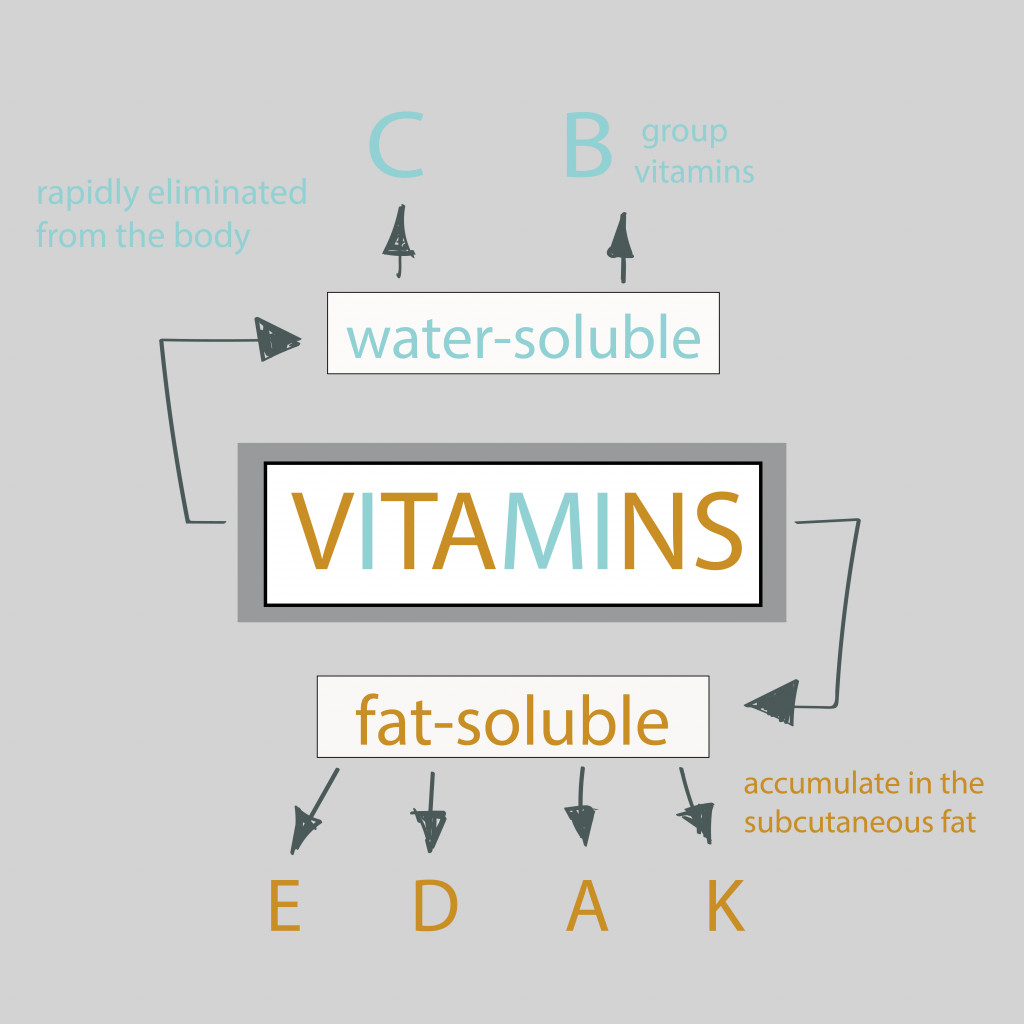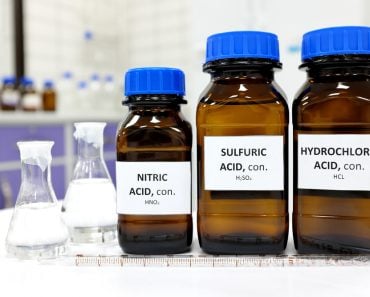Fat-soluble vitamins are easier to overdose on because they are stored in the body and can build up over time. Water-soluble vitamins are easier to excrete from the body and are removed before they build up to levels that can cause toxicity.
Vitamins are organic compounds that the body needs to carry out normal metabolic functions. We only need them in small quantities, but they’re crucial for maintaining regular metabolic levels. Vitamin A is important for your eyesight, the panel of B vitamins help metabolize fats and carbs, while vitamin E is an antioxidant.

While vitamin deficiencies are much more common, taking in too much of a vitamin, especially when you take vitamin supplements, is a very serious issue.
For certain vitamin supplements, doctors will usually advise caution against taking more than the prescribed dose. This dose restriction is more stringent for some vitamins, such as vitamin D, than it is for others. Which vitamins can become toxic and which can’t? And why?
Recommended Video for you:
Two Major Classes Of Vitamins
Vitamins belong to two major categories—water-soluble vitamins and fat-soluble vitamins.

Water-soluble vitamins, as their name suggests, are soluble in non-organic solvents, such as water. Water-soluble vitamins include Vitamins B and C.
Fat-soluble vitamins are not soluble in water. Instead, they dissolve in lipids and fats. The structure of many organic compounds, including Vitamins A, D, E, and K, are non-polar, meaning that they are only soluble in lipids because of their structure.
What Is Vitamin Toxicity In The Body?
Having a high level of vitamins in the body is known as hypervitaminosis. Each vitamin has a Recommended Dietary Allowance (RDA); the RDA is the level of required intake of essential nutrients to meet the daily needs of a healthy adult.
The RDA of fat-soluble vitamins is as low as 0.015 mg (Vitamin D for women). The RDA for water-soluble vitamins is much higher, going as far as 75 mg of Vitamin C for women. Regularly eating more vitamins than the RDA is the leading cause of vitamin toxicity. However, it is next to impossible to get hypervitaminosis through food alone.
This is one of the main reasons why it’s so important to take vitamin supplements at the discretion of a certified healthcare professional.
So, why can fat-soluble vitamins become toxic in excess, but water-soluble vitamins don’t?
Metabolism Of Fat-soluble Vs Water-soluble Vitamins
Like most nutrients, vitamins must get metabolized before the body can use them. When we say certain foods contain vitamins, they usually contain precursors of the molecule that the body can actually use. These precursors are then converted to chemical forms the body can utilize.
However, like all chemicals, vitamins have a shelf life in the body, after which they need to be excreted.
The body breaks down vitamins into simpler compounds before excretion. These simpler compounds are water-soluble, which makes it easier to excrete them through urine and sweat.
Water-soluble vitamins have a shorter shelf life, and these compounds are easier to excrete. This makes it much more difficult to develop vitamin toxicity of water-soluble vitamins, as any excess of them is flushed out efficiently.
By contrast, fat-soluble vitamins can be stored in lipid-containing structures of the body, which gives them a longer shelf life in the body. Fat-soluble vitamins are most readily stored in the liver, but they are also stored in fatty tissues, including subcutaneous fat and visceral fat, as well as in the skeletal muscles. Fat-soluble vitamins, by virtue of being fat soluble, also need to undergo more metabolic processes before they can be excreted.
These two reasons makes it easier to experience hypervitaminosis related to fat-soluble vitamins. Any excess of the vitamin must be properly metabolized before excretion. This slows down the process and leaves much more time for a toxic response to a buildup inside the body, leading to lethal consequences in some cases.
Is Toxicity Of Water-soluble Vitamins Impossible?
While it is much more difficult to overdose on water-soluble vitamins, it is not impossible. The structure of water-soluble vitamins makes them easy to excrete through urination, so excess intake through the oral route can be flushed out with enough water.
However, there is still an upper limit on how much of a given vitamin can be processed by the body. For example, regularly taking more than 2 g/day of Vitamin C can cause nausea and diarrhea.
However, that’s an exceptionally high number. In an average orange, the vitamin C content would only be around 50 mg. You would have to eat 20 oranges per day to reach that level of acute toxicity. One multivitamin tablet contains about 65 mg of vitamin C.
So, while it is definitely possible, you have very little chance of experiencing vitamin toxicity from water-soluble vitamins. The major reason is because they are metabolized in an efficient manner, and are not stored in the body.
Conclusion
There are two types of vitamins, fat-soluble vitamins and water-soluble vitamins. The former is easily soluble and can therefore be stored in the body’s tissues. However, this also makes it difficult for these vitamins to be excreted.
Water-soluble vitamins cannot be stored in the body, as they are excreted efficiently.
Vitamin toxicity in the body occurs due to excess vitamin levels (hypervitaminosis). The effects can range from mild symptoms like nausea in the case of Vitamin C to acute joint pain and kidney stones, in the case of a Vitamin D overdose.
The metabolism and excretion of water-soluble vitamins is rather easy to achieve through urination. Thus, hypervitaminosis is also very rare in cases of these vitamins. On the other hand, fat-soluble vitamins accumulate in the body much more easily.
They are both present in dietary substances, but only in trace amounts. Most toxicity comes through vitamin supplements, primarily overdoses of fat-soluble vitamins.
This is why you should be careful with some vitamins. Vitamins A, D, E, and K are easier to overdose on, and pose significant risk to the overall health of an individual, even though their original intention with supplementation was to improve and protect their health!
References (click to expand)
- Definition of vitamin - NCI Dictionary of Cancer Terms. cancer.gov
- (1989) Fat-Soluble Vitamins - Diet and Health - NCBI Bookshelf. The National Center for Biotechnology Information
- Vitamins: MedlinePlus Medical Encyclopedia. MedlinePlus
- (1989) Definition and Applications - Recommended Dietary Allowances. The National Center for Biotechnology Information
- Alhadeff, L., Gualtieri, C. T., & Upton, M. (2009, April 27). Toxic Effects of Water-Soluble Vitamins. Nutrition Reviews. Oxford University Press (OUP).
- (2021) Biochemistry, Water Soluble Vitamins - StatPearls - NCBI. The National Center for Biotechnology Information
- Reddy, P., & Jialal, I. (2021). Biochemistry, Fat Soluble Vitamins.[Updated 2020 Sep 21]. StatPearls [Internet]. Treasure Island (FL): StatPearls Publishing
- Storage of vitamins and minerals | Hepatitis C Trust. The Hepatitis C Trust












